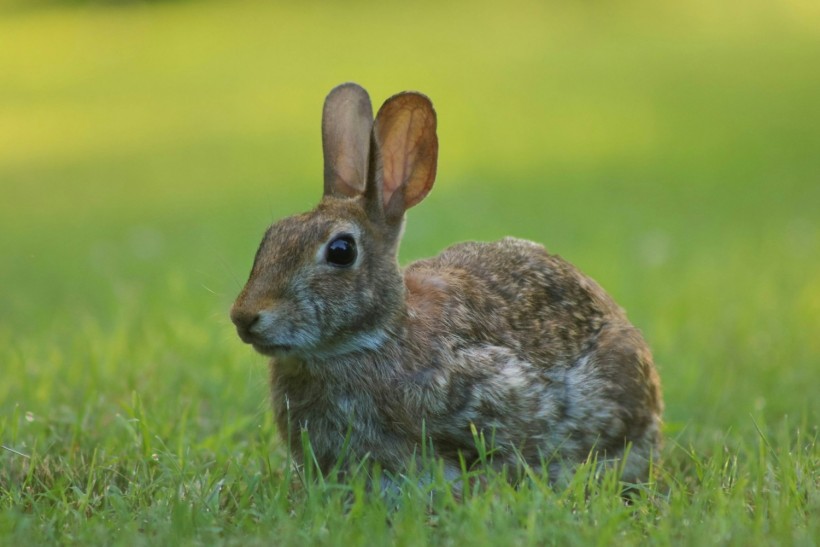Brown hare population in Germany is bouncing back after experiencing a significant decline for 40 years. Since the 1980s, the European country's brown hares have decreased in numbers due to a number of anthropogenic factors or human activities, including agricultural expansion, hunting, and farming practices. In addition, habitat loss due to road and housing constructions has contributed to the population decline.
Brown hares are found across Germany and are the original inhabitants of the steppes. They are native to Europe and some parts of Asia. According to wildlife experts, the brown hare species (Lepus europaeus), also called the European hare, originated in the grasslands of Central Asia but were introduced into Great Britain during the ancient Roman Empire. Unlike rabbits, brown hares are larger and have long ears.
Germany Brown Hares Bounce Back

(Photo : Photo by Kedar Gadge on Unsplash)
Germany's brown hare population has reached its all-time high in 2023, several decades after the small mammal's population declined. The local population increase of L. europaeus was announced by the German Hunting Association (DJV) during a press release in March 2024. While the exact number of hares in the country remains inconclusive, it was recorded there was an average of 19 brown hares per square kilometer last year.
According to DJV, it counted an average of 16 brown hares per square kilometer in 2022. This means that the number of the said animals is relatively higher in 2023. However, experts say this could not become consistent in the long-term future.
In Germany, brown hares are widespread countrywide as mentioned earlier; the highest density of their population can be found in northwest lowlands and the lowest in the northeast lowlands.
The 2023 Germany brown hare population was determined using a "spotlight" method and conducted in more than 400 reference across the country. The method was developed to streamline the recording of game populations, particularly for brown hare, according to reports. The animals were counted by hunters as part of wildlife monitoring efforts during spring and fall seasons.
The species L. europaeus belongs to the family Leporidae and they are known for being solitary, nocturnal, and herbivore animals.
Also Read: Rabbit Rescue: Volunteers Saved Hundred of Bunnies From Floodwaters in California
Brown Hare Conservation Status
Globally, the brown hare conservation status is designated by wildlife authorities as least concern, which means that outside Germany the population of the European hare is abundant, according to The Mammal Society, a UK-based charity organization.
Brown hares are generally found in grassland and arable land habitats, and they have an average lifespan of 3 to 4 years. Beyond this, adult hares rarely live much longer.
Aside from anthropogenic factors, brown hares are vulnerable due to natural predation and their very exposed habitats, according to the organization. Moreover, European hares have "little legal protection," The Mammal Society says, as they are considered as a game or quarry, which is any wild animal hunted for their products, for recreation, or for trophies. Yet, there are also restrictions when it comes to legally hunting game animals.
Related Article: Pet Owners Ordered to Get Rid of 400 Rabbits After Neighbors Complained
© 2024 NatureWorldNews.com All rights reserved. Do not reproduce without permission.





